Supportive Regulatory Environment
The Surgical Laser Market benefits from a supportive regulatory environment that encourages innovation and adoption of new technologies. Regulatory bodies are increasingly recognizing the safety and efficacy of surgical lasers, leading to streamlined approval processes for new devices. This supportive framework fosters an environment where manufacturers can introduce advanced laser systems more efficiently. Additionally, government initiatives aimed at improving healthcare access and quality may further stimulate the market. As healthcare providers seek to comply with regulatory standards while enhancing patient care, the Surgical Laser Market is likely to see increased investment in laser technologies. The alignment of regulatory support with market needs may create a conducive atmosphere for sustained growth in the surgical laser sector.
Increasing Prevalence of Chronic Diseases
The Surgical Laser Market is significantly influenced by the rising prevalence of chronic diseases, which necessitate advanced surgical interventions. Conditions such as cancer, cardiovascular diseases, and obesity are on the rise, leading to an increased demand for effective treatment options. Surgical lasers are increasingly recognized for their ability to provide targeted therapies with minimal damage to surrounding tissues, making them a preferred choice for many surgical procedures. Market data indicates that the incidence of chronic diseases is expected to continue rising, thereby driving the need for innovative surgical solutions. As healthcare systems adapt to these challenges, the Surgical Laser Market is poised for growth, as more facilities incorporate laser technologies to address the needs of patients with chronic conditions.
Technological Innovations in Laser Systems
Technological advancements are reshaping the Surgical Laser Market, with innovations leading to enhanced performance and versatility of laser systems. New laser technologies, such as fiber lasers and picosecond lasers, offer improved precision and efficacy in surgical applications. These innovations not only enhance surgical outcomes but also expand the range of procedures that can be performed using lasers. The integration of artificial intelligence and robotics into surgical laser systems is also emerging, potentially revolutionizing surgical practices. As healthcare providers seek to adopt the latest technologies to improve patient care, the Surgical Laser Market is likely to witness substantial growth. The continuous evolution of laser technology may also lead to the development of new applications, further driving market expansion.
Growing Aesthetic and Cosmetic Surgery Market
The Surgical Laser Market is experiencing growth driven by the expanding aesthetic and cosmetic surgery market. As societal attitudes towards cosmetic procedures evolve, more individuals are seeking non-invasive and minimally invasive options to enhance their appearance. Surgical lasers are increasingly utilized in procedures such as laser hair removal, skin resurfacing, and tattoo removal, offering patients effective solutions with reduced recovery times. The aesthetic market is projected to grow substantially, with surgical lasers playing a crucial role in meeting the demands of consumers seeking cosmetic enhancements. This trend is likely to encourage more practitioners to invest in laser technologies, thereby propelling the Surgical Laser Market forward. The intersection of technology and aesthetics may lead to further innovations, enhancing the appeal of laser-based procedures.
Rising Demand for Minimally Invasive Procedures
The Surgical Laser Market experiences a notable increase in demand for minimally invasive procedures. Patients and healthcare providers alike favor these techniques due to their potential for reduced recovery times and lower complication rates. As surgical lasers offer precision and control, they are increasingly utilized in various specialties, including ophthalmology, dermatology, and urology. According to recent data, the market for minimally invasive surgeries is projected to grow significantly, with surgical lasers playing a pivotal role in this expansion. The preference for outpatient procedures further drives the adoption of surgical lasers, as they align with the trend towards cost-effective healthcare solutions. This rising demand is likely to propel the Surgical Laser Market forward, as more healthcare facilities invest in advanced laser technologies to meet patient expectations.


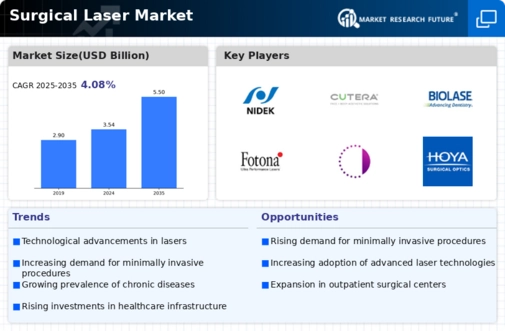
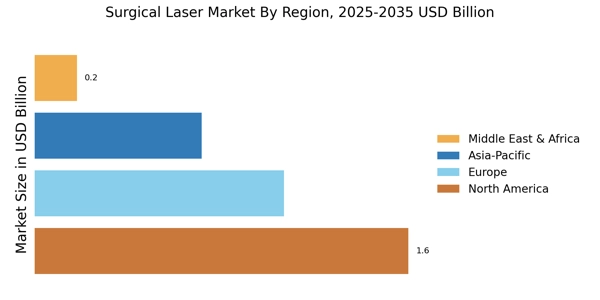
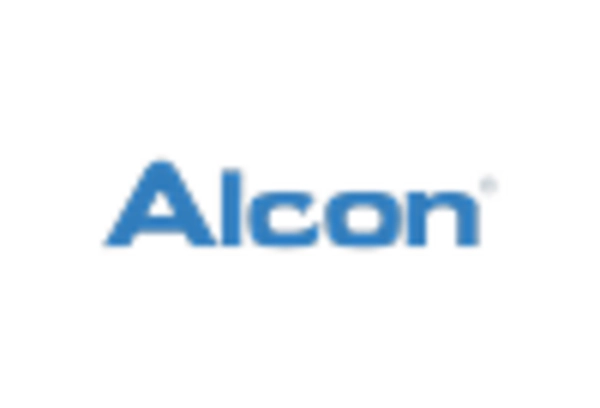

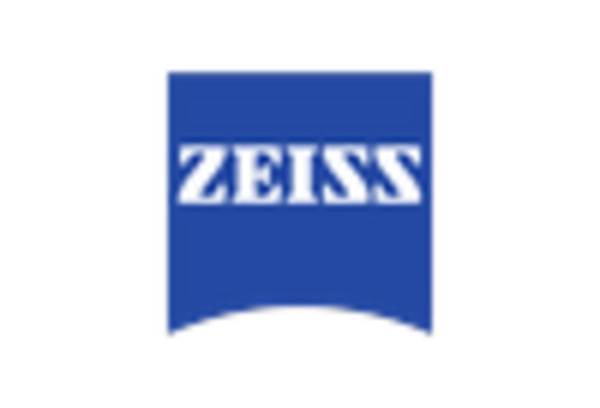

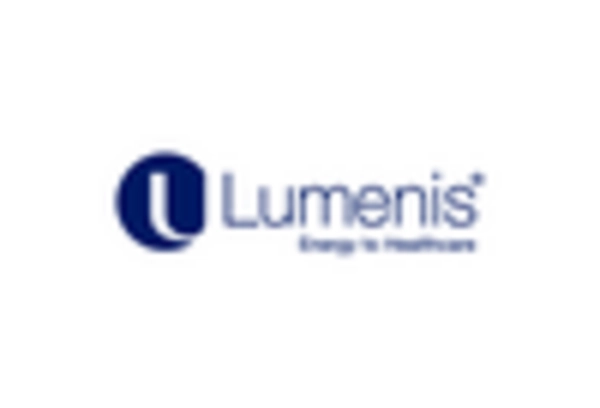
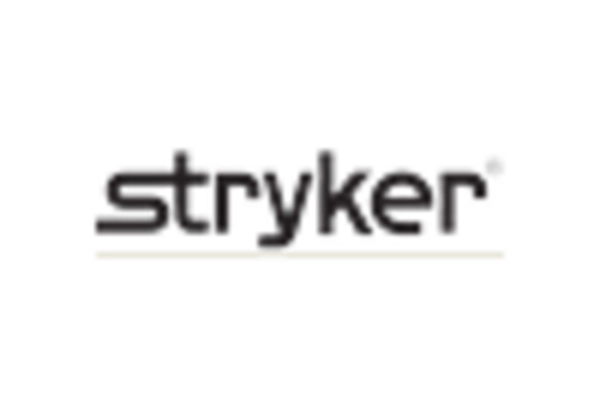








Leave a Comment